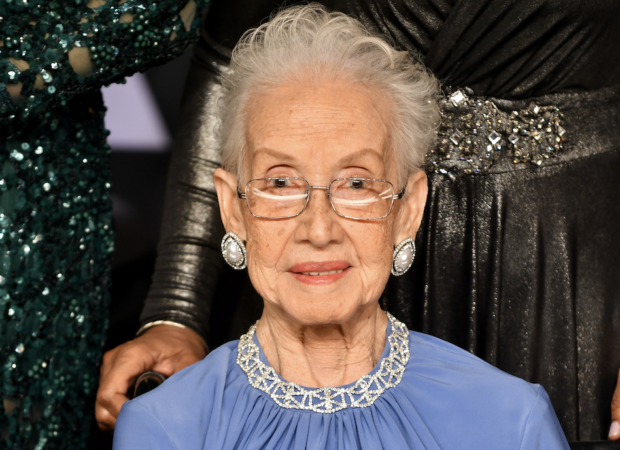For years, women have been left out of the conversation when it comes to the field of engineering, but these Black women have reshaped the industry like never before.
According to a study by the National Society of Black Engineers, “African American women, in particular, are pursuing engineering degrees three times less often than their male counterparts (Slaughter et al, 2015).”
Despite the challenges faced, these women have paved and continue to pave the way for Black women to see themselves within the field of engineering.
Katherine Johnson

This hidden figure was handpicked as one of the three Black students to integrate West Virginia University’s graduate schools in 1939.
Later in her career, she went on to calculate the trajectory that helped the first Americans reach the moon as a NASA research mathematician.
Dr. Donna Auguste

In the early 1980s, Dr. Donna Auguste became a lead software engineer at Apple Computers.
Here she held multiple patents for her work on the Newton Personal Digital Assistant — an integral technological stepping stone that led to the creation of the iPhone and iPad.
Dr. Shirley Jackson

This theoretical physicist was the first Black woman to earn a doctorate at the Massachusetts Institute of Technology.
She paved the way for numerous developments in the telecommunication space which include: caller ID, call waiting, fiber-optic cable, the portable fax, and the touch-tone telephone.
Today she is the 18th president of Rensselaer Polytech Institute — the oldest technological research university in the United States.
Marian R. Croak

Marian R. Croak — a huge contributor to the expansion of technology — was inducted into the Women In Technology International Hall of Fame, an honor that recognizes her remarkable achievements in technology.
She holds over 200 patents in several areas with the majority being in VOIP– the technology which makes calling and text messaging on cellular phones possible.
Today, she is the Vice President for Engineering at Google.


